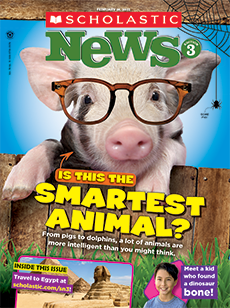Watch Two Videos: Happy Holi! & Chichén Itzá Serpent
Discuss: What do Holi and the appearance of the sunlight serpent at Chichén Itzá have in common? What events do you associate with the start of spring?
Students will understand what happens during the spring equinox and identify some of the ways the equinox is celebrated around the world.
